Whole Peruvian Coca Leaf Meant for Chewing
Coca Leaf has many well-documented medicinal uses. It has a long history of treating various gastrointestinal ailments, assisting in weight loss, increasing physical fitness and reducing pain, but it’s most known and used for its stimulant-enhancing properties.
Coca crops have been grown for well over 8,000 years in South America and represent the most important physical commodity for numerous indigenous cultures arising from the use of the leaves as medicine and mild, daily stimulant.
Pharmacological Aspects of Coca Leaf
The pharmacologically active ingredient of coca is the cocaine alkaloid, which is found in the amount of about 0.3 to 1.5%, averaging 0.8%, in fresh leaves. When chewed, coca acts as a mild stimulant and suppresses hunger, thirst, pain, and fatigue. Absorption of coca from the leaf is less rapid than a nasal application of purified forms of the alkaloid (almost all of the coca alkaloid is absorbed within 20 minutes of nasal application, while it takes 2–12 hours after ingestion of the raw leaf for alkaline concentrations to peak.). When the raw leaf is consumed in tea, between 59 and 90% of the coca alkaloid is absorbed.
The coca leaf, when consumed in its natural form, does not induce a physiological or psychological dependence, nor does abstinence after long-term use produces symptoms typical of substance addiction. Due to its alkaloid content and non-addictive properties, coca has been suggested as a method to help recovering cocaine addicts wean off the drug.
FYI, it takes about 300 grams of coca leaf and a whole lot of solvents to make 1g of cocaine. There’s a big difference between the 2 products. If cocaine was never invented and caused the damage that it has, then it’s quite likely that coca leaves would play a much larger role in our day-to-day lives.
Is Coca Leaf Addictive?
Coca users ingest between 60 and 80 milligrams of cocaine each time they chew the leaves according to United Nations Office on Drugs and Crime (UNODC). However, other sources claim that the coca leaf, when consumed in its natural form or as coca tea, does not induce a physiological or psychological dependence, nor does abstinence after long-term use produce symptoms typical of substance addiction.
Medicinal Uses Of Coca Leaf
Traditional medical uses of coca are foremost as a stimulant to overcome fatigue, hunger, and thirst. It has a long history of use in treating various gastrIt is considered particularly effective against altitude sickness. It also is used as an anesthetic and analgesic to alleviate the pain of headaches, rheumatism, wounds and sores, etc. Before stronger anesthetics were available, it was also used to help with the pain of broken bones, and childbirth. The high calcium content in coca explains why people used it for bone fractures. Because coca constricts blood vessels, it also serves to oppose bleeding. Indigenous use of coca has also been reported as a treatment for malaria, ulcers, and asthma, to improve digestion, to guard against bowel laxity, as an aphrodisiac, and credited with improving longevity. Modern studies have supported a number of these medical applications.
How to Chew Coca Leaf
-Remove larger stalks from the leaves for a better chew experience.
-Place a wad of approximately 2 grams of whole coca leaves into your cheek.
-Suck on the wad and squeeze it in your cheek until it’s moist.
-Add a pinch of baking soda or another suitable alkaline substance.
-You should feel a numbering effect in your cheek as alkaloids are absorbed into your bloodstream.
-Add another pinch of baking soda as needed.
-When the effect diminishes, you can swallow the leaf or rinse it out of your mouth.
History of Chewing Coca Leaf
In Bolivia bags of coca leaves are sold in local markets and by street vendors. The activity of chewing coca is called mambear, chacchar or acullicar, borrowed from Quechua, coquear (Northwest Argentina), or in Bolivia, picchar, derived from the Aymara language. The Spanish masticar is also frequently used, along with the slang term “bolear,” derived from the word “bola” or ball of coca pouched in the cheek while chewing. Typical indigenous coca consumption varies between 20 and 60 grams per day and contemporary methods are believed to be unchanged from ancient times. Coca is kept in a woven pouch, traditionally called a chuspa or huallqui. A few leaves are chosen to form a quid (ball) held between the mouth and gums. Doing so may cause a tingling and numbing sensation in the mouth, in a similar fashion to the formerly ubiquitous dental anesthetic novocaine (as both cocaine and novocaine belong to the amino ester class of local anesthetics).
Chewing coca leaves is most common in indigenous communities across the central Andean region, particularly in places like the highlands of Argentina, Colombia, Bolivia, and Peru, where the cultivation and consumption of coca is a part of the national culture. It also serves as a powerful symbol of indigenous cultural and religious identity, amongst a diversity of indigenous nations throughout South America. Chewing plants for medicinal mostly stimulating effects has a long history throughout the world: Khat in East Africa & the Arabian Peninsula, Tobacco in North America and Australia, and Areca nut in South/Southeast Asia & the Pacific Basin. Tobacco leaves were also traditionally chewed in the same way in North America (modern chewing tobacco is typically heavily processed). Khat chewing also has a history as a social custom dating back thousands of years analogous to the use of coca leaves.
Fresh samples of the dried leaves, uncurled, are a deep green colour on the upper surface, and a grey-green on the lower surface, and have a strong tea-like aroma. When chewed, they produce a pleasurable numbness in the mouth, and have a pleasant, pungent taste. They are traditionally chewed with lime or some other reagent such as bicarbonate of soda to increase the release of the active ingredients from the leaf.
Order Coca Leaf online in Canada through SacredMeds dispensary.
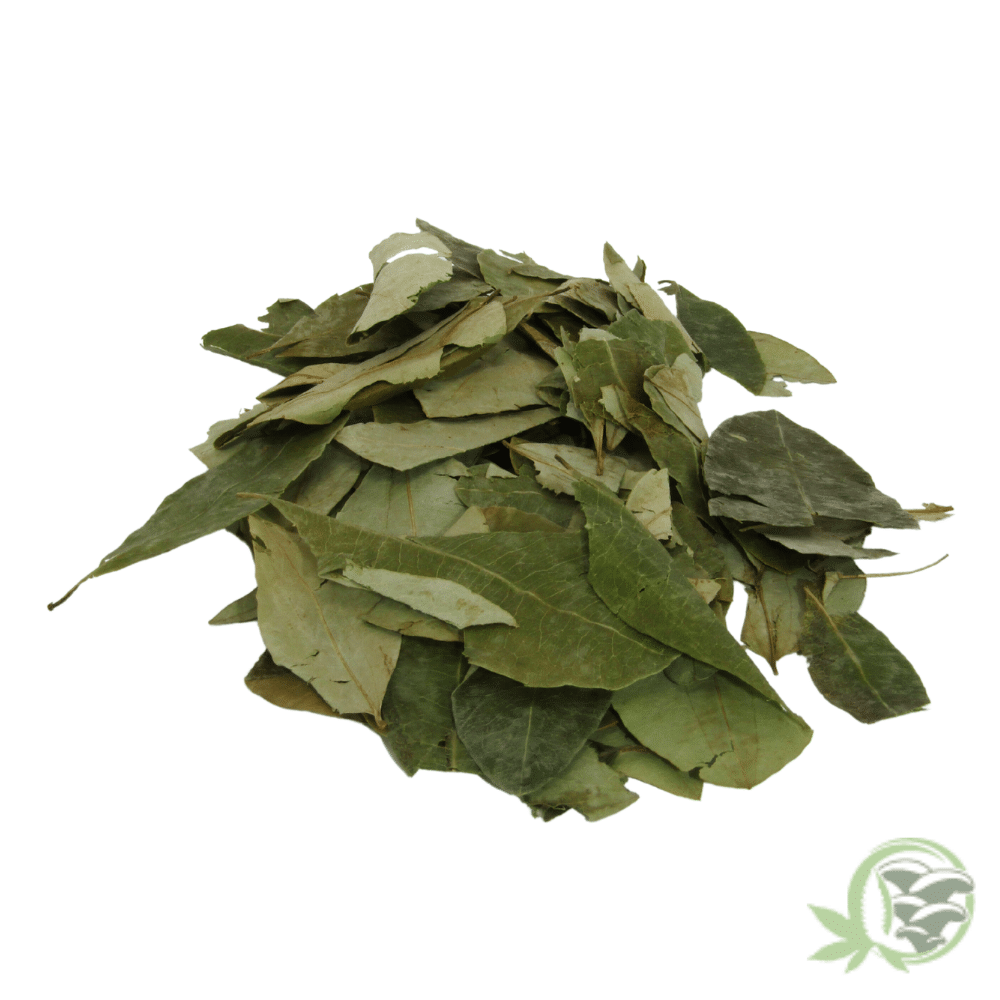
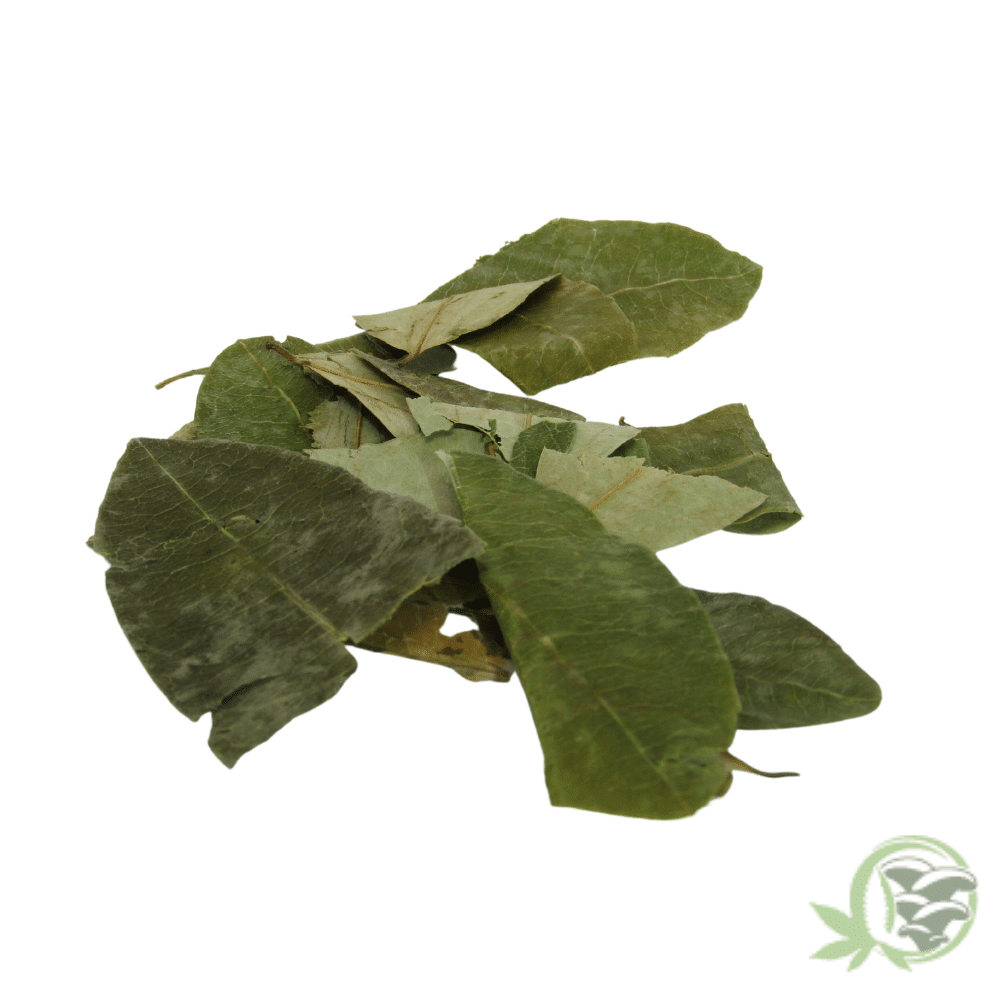
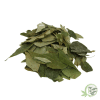
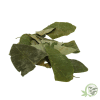
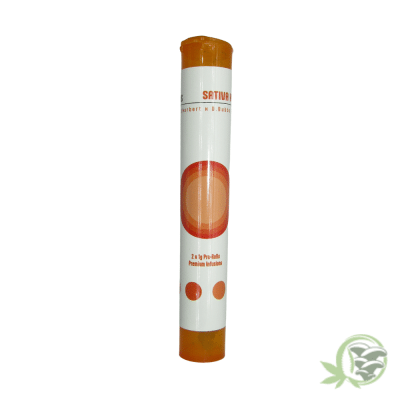
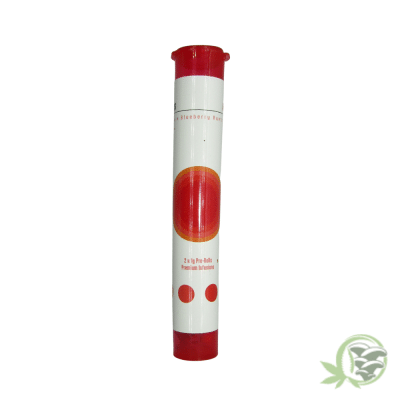
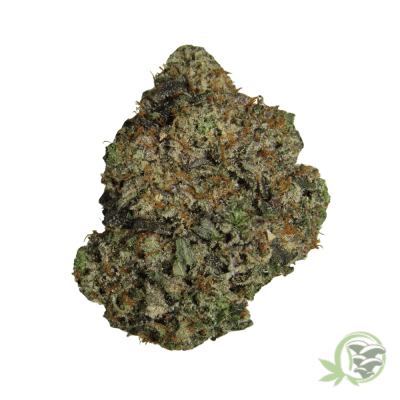
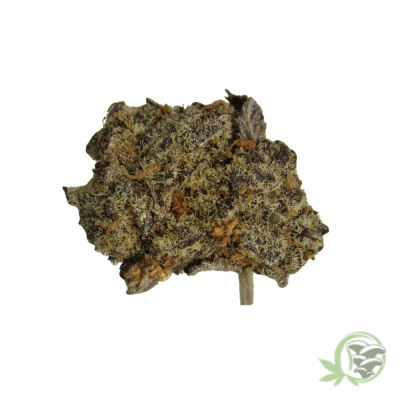
Paul –
Well quite disappointing for me, overall poor quality leaf with lots of yellowed and brown leaf that should have gone into the garbage can. Pretty expensive for what you receive.
Chad –
Haven’t tried it yet but looking forward!